People are living longer than ever, but there’s growing recognition that longer life expectancy is of little use unless we also delay the physical decline associated with old age. New research suggests doing so could be worth trillions of dollars in economic gains.
Over the last century, life expectancy has shot up across the world thanks to improvements in medicine, diet, and education. However, too often we are unable to make productive use of the extra years we have been blessed with due to the fact that old age is associated with a host of non-communicable diseases, general physical frailty, and disability.
This is driving a growing shift in focus from increasing lifespans to increasing “healthspans,” the number of years a person lives in good health. Key to this approach is a shift in focus from treating the individual diseases of old age to targeting the process of aging itself.
Besides allowing people to enjoy their advanced years, a strong argument for this approach is that boosting peoples’ healthspan will also allow them to remain economically productive for longer. That could be crucial for the future of countries across the developed world facing falling birth rates and graying populations.
Now researchers have used US economic, health, and demographic data to put a price on just how valuable such an intervention could be. In a paper in Nature Aging, they showed that treatments that slow down aging could be worth US$38 trillion for every extra year of life they give people.
This isn’t the first time someone has tried to pin a number on the benefits of slowing aging. The authors reference a 2013 study in Health Affairs, which estimated that a 2.2-year increase in life expectancy could be worth as much as $7.1 trillion over 50 years.
The new study uses a different methodology, though, known as value of statistical life. This is the measure used by various US agencies and represents how much people would be willing to pay to reduce their risk of dying. It incorporates concepts like health, consumption, and leisure, and therefore measures not just quantity but quality of life.
As a result, the approach achieves different results when applied to different scenarios. The researchers used it to assess the economic value of boosting lifespan but not healthspan, and healthspan but not lifespan. They found that increases in healthspan were more valued, but both of these scenarios were significantly less attractive than a scenario where healthspan and lifespan increased, which would be expected with successful anti-aging therapies.
To more precisely assess how powerful a general anti-aging therapy could be compared to simply treating specific diseases, the researchers then turned to the results of a recent study on patients taking metformin. The drug was designed to treat diabetes, but has recently received attention for its potential anti-aging effects.
A 2017 study in the Journal of Diabetes and its Complications on 40,000 older men with diabetes found that the drug reduced the incidence of a host of age-related conditions, like cardiovascular disease, dementia, and cancer. The researchers applied the proportional decrease found in this study to data on the number of deaths and years lost to illness due to each of these conditions in the US.
They found that the benefits of treatment with metformin in terms of increased life expectancy often matched or exceeded those from the complete eradication of cancer, dementia, or cardiovascular diseases.
Finally, to work out what the overall value would be of an anti-aging therapy that could extend both lifespan and healthspan, they applied the third scenario they investigated to current US Census Bureau data on the population, its age structure, and birth rates.
They found the value of a 1-year increase in life expectancy would be $37.6 trillion, and for a 10-year increase it would rise as high as $366.8 trillion. Most interestingly, they discovered that this anti-aging scenario would create a virtuous circle, because as delayed aging increases the average age of society and quality of life in later years, more people stand to benefit from further improvements in anti-aging therapies.
The authors note that the study does omit two crucial details that could have significant impacts on the value of such an intervention: health inequalities among the population being studied, and income inequality. The former is likely to further increase the value of anti-aging approaches, they note, but the latter could cause significant reductions in the value if the cost of therapies is high.
That means that while the potential for anti-aging therapies could be colossal, their true value will only become apparent if we can ensure widespread access to them.






